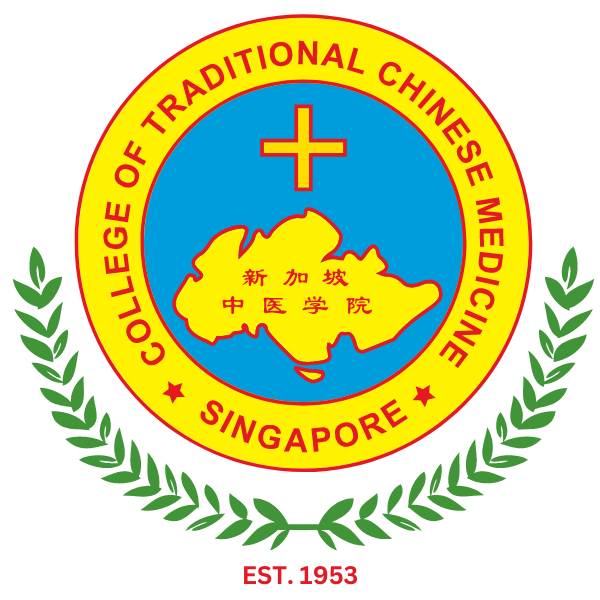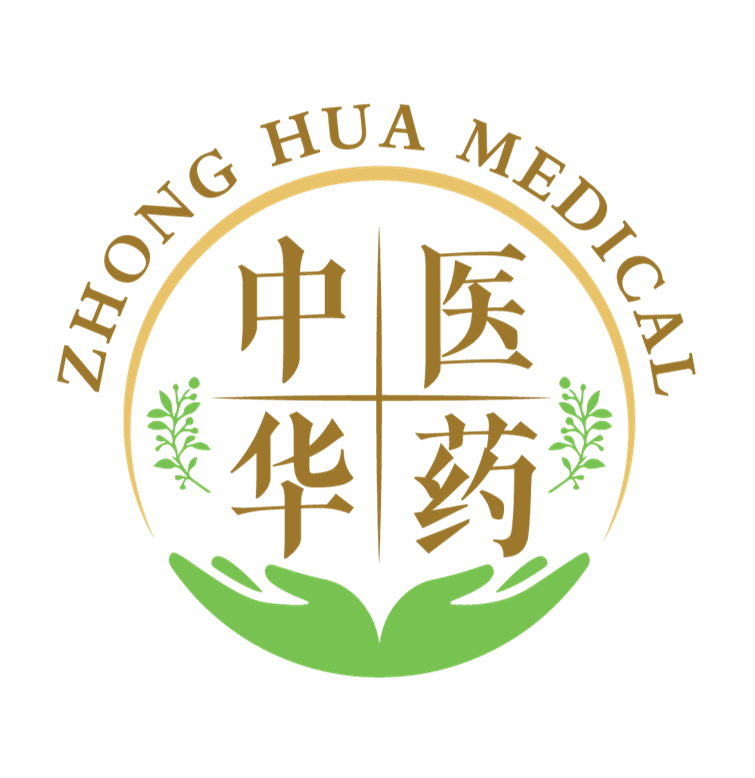Traditional Chinese Medicine (TCM) is a centuries-old practice that views health as a balance of mind, body, and spirit. Despite its long history and increasing global interest, aspects of TCM are still misunderstood.
While some believe TCM lacks scientific support or is outdated, the reality is that TCM offers a holistic, effective approach to health that can complement modern medicine. This article will debunk some of the most common myths about TCM, from misunderstandings about practices like acupuncture and cupping to misconceptions about herbal medicine.
We’ll also explore how TCM treatments like acupuncture, cupping, and moxibustion can benefit patients.
The Most Common TCM Misconceptions
Myth #1: TCM only involves herbal medicine
A common misconception about TCM is that it solely relies on herbal remedies. In fact, TCM offers an extensive range of treatments as part of a holistic approach to healthcare. Rather than focusing on symptoms alone, TCM aims to address the underlying imbalances within the body, viewing health as a dynamic balance of physical, mental, and energetic elements.
These different treatments — each targeting unique aspects of the body’s balance — include herbal medicine and techniques such as acupuncture, cupping, moxibustion, and Tui Na (therapeutic massage).
- Acupuncture: Acupuncture involves inserting fine needles along the body’s energy pathways (meridians) to stimulate Qi flow, release blockages, and restore balance. This form of treatment treats chronic pain, anxiety, and digestive disorders, providing targeted relief while enhancing overall energy flow.
- Cupping: Cupping therapy uses suction from glass or silicone cups to improve circulation, reduce muscle tension, and release toxins. As it is often applied to alleviate pain and reduce inflammation, cupping is a helpful technique for relieving muscular or stress-related concerns and promoting relaxation.
- Moxibustion: Moxibustion uses the heat from burning dried mugwort near specific acupuncture points to invigorate Qi, dispel cold, and regulate immunity. This technique is beneficial for managing joint pain, arthritis, and fatigue and is often paired with acupuncture to enhance circulation and resilience.
- Tui Na (Therapeutic Massage): Tui Na is a therapeutic massage focused on the body’s energy pathways to relieve pain and improve Qi flow. It works to relieve physical tension and energetic imbalances, supporting overall vitality and comfort.
Each treatment plays a specific role within TCM, working in harmony to create a balanced and comprehensive healing process that supports physical and energetic well-being.
Myth #2: TCM is not supported by science
Another common myth about TCM is that it lacks scientific backing and is solely based on tradition. Many assume that TCM principles—like the concept of Qi or energy pathways—are too abstract for scientific validation, leading to scepticism about their effectiveness.
Previously, TCM practitioners based treatments on a nuanced understanding of human anatomy, including concepts such as blood circulation and the body’s natural energy flow.
For example, a core TCM practice, acupuncture is rooted in the belief that the body has meridians, or energy pathways, where Qi flows. These pathways align closely with what we now understand as nerve pathways and circulation routes.
Modern research has found that stimulating these acupoints can activate the nervous system, leading to increased endorphin release, which helps reduce pain and promote well-being. Additionally, acupoint stimulation has been shown to enhance blood flow to specific areas, supporting the body’s natural healing processes.
Another example of TCM’s scientific foundation is its use of herbal medicine. For instance, ginseng has traditionally been used to boost energy and immunity, and modern studies have confirmed that its active compounds, called ginsenosides, have anti-inflammatory and antioxidant effects.
Similarly, astragalus root, used in TCM to strengthen Qi, is now recognised for its immune-boosting and anti-inflammatory properties. Research has shown that astragalus can protect the body against oxidative stress, supporting its role in overall health and resilience.
Myth #3: TCM is painful or invasive
Sometimes, patients are reluctant to try TCM due to the misconception that it is painful or invasive. This misunderstanding often stems from how TCM therapies like acupuncture or gua sha appear. To some, the sight of acupuncture needles or the redness left after gua sha can seem intimidating or even uncomfortable, when in reality, these techniques are designed to bring relief.
For example, acupuncture uses extremely fine needles, much thinner than medical needles, which are gently inserted at specific points to stimulate Qi and promote healing. Patients typically feel a mild tingling or pressure, if anything at all.
Guasha, a technique that involves scraping the skin with a smooth-edged tool, may cause redness but is deeply relaxing. This temporary redness indicates improved circulation, which helps release muscle tension.
While these treatments might look intense, they are intended to be soothing and refreshing. TCM practitioners ensure a comfortable experience, guiding patients carefully through each step to maximise relaxation and healing.
Myth #4: TCM takes too long to show results
When people think of TCM, they sometimes imagine it as a slow journey, one where you have to wait weeks or even months to see any changes. This belief can make TCM seem impractical, especially for those seeking faster relief.
However, in actuality, the effects of TCM can be felt and seen in a matter of days or even immediately. According to research on alternative medicine, scientists have found that patients suffering from pain experienced immediate pain relief after acupuncture sessions due to the release of endorphins and improved blood flow.
While TCM treatments like herbal medicine may take a bit longer for cumulative effects, many therapies are designed to bring immediate relief and long-term wellness, challenging the idea that TCM requires endless patience.
Myth #5: TCM is only for “natural” or alternative health enthusiasts
Some people see TCM as a lifestyle choice reserved for “natural health” devotees, imagining it in the same realm as juice cleanses and yoga retreats. This idea can give the impression that TCM isn’t meant for those who are not part of the wellness culture.
Techniques like acupuncture are sometimes used to treat pain and anxiety, while TCM herbal treatments can be prescribed to manage conditions like pain, stress, and digestive issues. As can be seen, TCM’s appeal goes beyond any specific lifestyle, offering therapeutic benefits for people from all walks of life.
Embracing the Full Potential of Traditional Chinese Medicine
As we’ve seen, many common myths about TCM stem from misunderstandings about its principles, practices, and effectiveness.
Far from being outdated or solely reliant on tradition, TCM combines ancient insights with modern scientific support, offering a holistic and versatile approach to health that addresses the root causes of illness. Reach out to the dedicated experts at Zhong Hua Medical to discover how TCM can benefit you.




